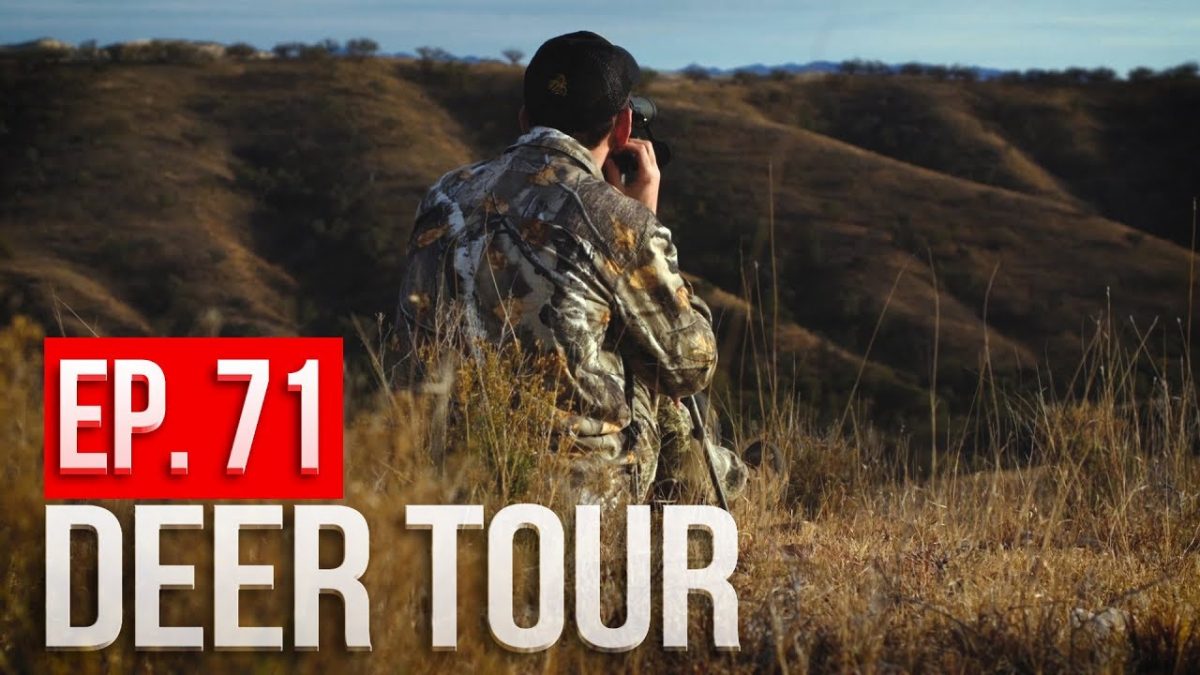High Skies Musky Fishing

Sunny and warm weather is great when you want to spend your time outdoors, but for musky anglers, hot and sunny days can more often than not signal a hard day of fishing with little to no action. Many anglers throw in the towel after the sun gets high in the sky and go home, but if you change your approach, you might find that the fish are feeding just fine under the bluebird skies.
Go Deep
Most often the muskies that hang out on your favorite spots didn’t go very far and are still in the area.

In many cases, they might have pulled off of the structure such as weed edges, points, or humps, and are simply on or near the bottom of the structure. My preferred method to target these areas and deep fish are to use rubber.
Tubes, Bulldawgs, Medusas, even old-fashioned musky-sized jigs. These baits allow you to throw directly onto the weed edges and pump and countdown your bait as close to the contour of the structure and weeds as possible.
Don’t be afraid to contact weeds when working in this fashion, I use the weeds as a guide to feel where my bait is and rip the lure up immediately upon contact, this can take some practice, but once you become proficient at it you will get some vicious strikes.
Fish the Jungle
All the fish in a body of water won’t be deep, and some are still right on the spots that you normally contact them. These fish are most likely just down in the cover but not deep.

When muskies are actively feeding they are typically cruising the edges of structure, or positioned on the edge just above the weed growth, mere inches below the surface, or even in the weed growth with their heads facing the open water waiting to ambush prey.
These fish like the deep fish are more than likely not going to chase your baits, and if your throwing bucktails over the weed growth they will simply watch it zip by without flinching, this means we need to throw something right in their face and bop them on the nose with it.

The best baits for this tactic are going to be dive and rise jerk baits, tubes, spinnerbaits, and even crankbaits.
When fishing these baits throw them up on the top of the weeds near the edge and start working them down into the weed growth. If you feel weeds on your hooks give the rod a hard snap to shake them off, this will help keep your bait as clean as possible and simultaneously create a massive triggering action that can cause a musky to lash out with a reaction strike.
You will get weeds on your baits, but in the case of fishing with tubes, for example, it will be unavoidable, but be sure to finish your retrieve with a figure-eight regardless, you will be surprised when you see a giant four foot musky come up to engulf your ball of weeds.
Pick Your Spots Apart
When fishing heavy structure or deep for fish that are in their midday slump and hiding from the sun’s rays it’s important that you slow down and fish these areas thoroughly.

If the fish are less likely to chase your fast-moving baits during this period of the day you simply won’t contact them, and if you’re not getting your baits to the proper depths by pausing and slowing down your baits simply won’t be in the strike zone, so take your time.
For musky anglers this slow style of fishing is torture. This is actually my favorite way to musky fish, it puts me in a zen-type mode where I’m in complete focus and can do this for hours, cast by cast picking apart the tips of points or the insides of corners.
Pay Attention to Moonrise and Moonset
One of the best and predictable fish feeding windows occurs twice a day just like sunrise and sunset, and in my experience, this has been more powerful at times when it comes to catching muskies as sunrise and sunset, and that’s moonrise and moonset.

I couldn’t count the number of times I went back to a spot that I knew was holding a large fish on moonrise and caught that fish within 10 minutes either before or after the exact minute of moonrise, it is extremely powerful in terms of catching active fish and if you aren’t keeping track of when the moon rises or sets on any day on the water your seriously missing out.
Be sure to be on the spots that you know hold active fish 30 minutes before and after for the best results.
Weather Conditions

Even though it’s sunny and the fishing has been tough it can change rapidly with the approach of incoming weather.
In the spring and summer, low fronts which bring overcast skies and storms will crank the feeding activity of muskies up to 100. The increase in feeding activity can happen well before the front passes over you as well, this is most likely going to be due to the barometric pressure.
When fronts pass through the atmospheric pressure changes and any swing either up or down can cause a flurry of feeding activity, so be sure you keep your eye on the barometer.
In the fall this can also work with cold fronts, and when a front passes through and the temperatures drop the feeding activity can really pick up, this is a signal to muskies to feed heavily in preparation for winter.
Conclusion
The sunny and hot dog days of summer don’t always have to be an unproductive time on the water, you simply just have to change your approach and tactics. Once you figure out what works on your body of water and the weather conditions you can replicate it, or expand upon it to find all kinds of nuanced fishing patterns for tough conditions.
About author
The above article was submitted by Safergunsnow.org, a go-to the source for safe gun handling and storage solutions.





